’70s Movies That Saw the Future Before We Did
Filmmakers in the 1970s tapped into fears about technology, society, and the environment and created stories that predicted parts of the world we live in now. Looking back, some of these feel less like entertainment and more like warnings. Here are 15 films that imagined the future with uncanny accuracy.
Soylent Green (1973)
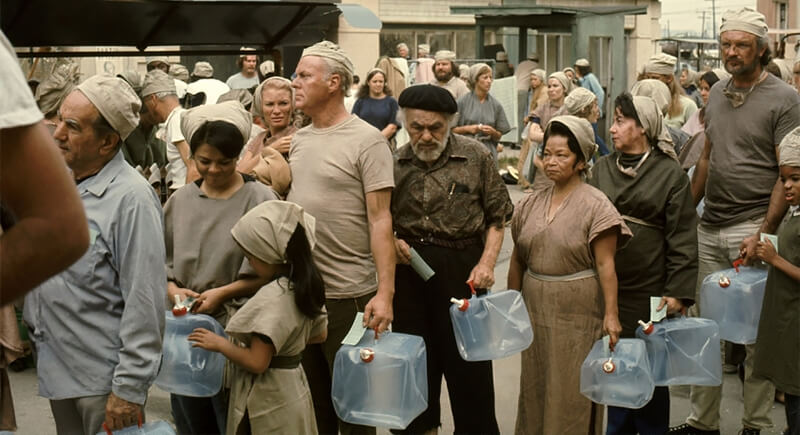
Credit: IMDb
This dystopian thriller imagined a future where overpopulation and food shortages push corporations to desperate measures. The revelation that Soylent Green is made of people remains one of cinema’s most shocking twists. Yet the bigger takeaway is how the film tackled climate collapse and economic inequality decades before those issues became central to global debate.
A Clockwork Orange (1971)
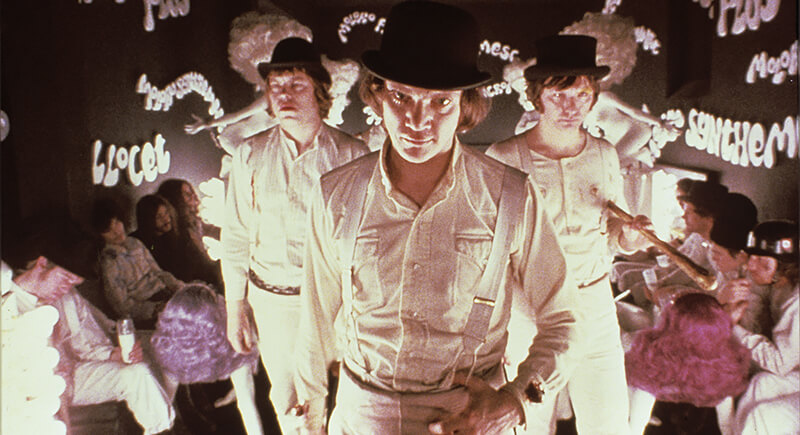
Credit: IMDb
Stanley Kubrick’s adaptation of Anthony Burgess’s novel dissected free will in ways that still spark heated discussion. The Ludovico Technique, meant to “fix” Alex’s behavior, eerily anticipates modern debates about psychological conditioning and manipulation. The movie dared to ask how much individuality can survive under forced conformity.
Alien (1979)
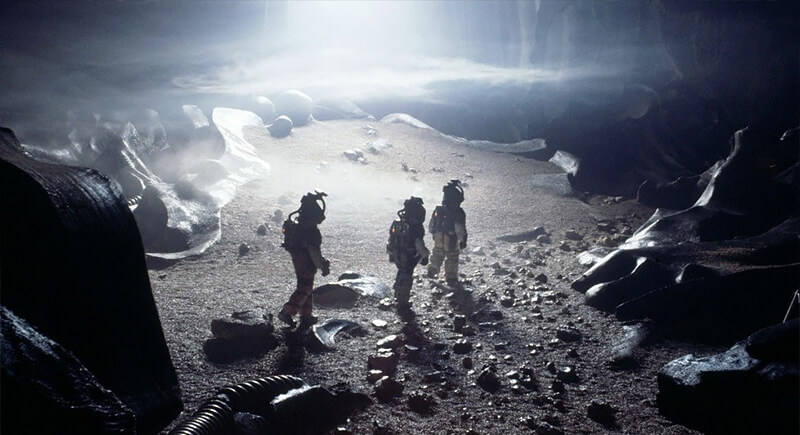
Credit: IMDb
Ridley Scott turned a straightforward space mission into a claustrophobic horror story. What sets it apart is how it blended science fiction with corporate critique. The crew of the Nostromo were pawns in a company’s cold pursuit of profit. Their experience hinted at how business interests often override human safety.
Star Wars: A New Hope (1977)
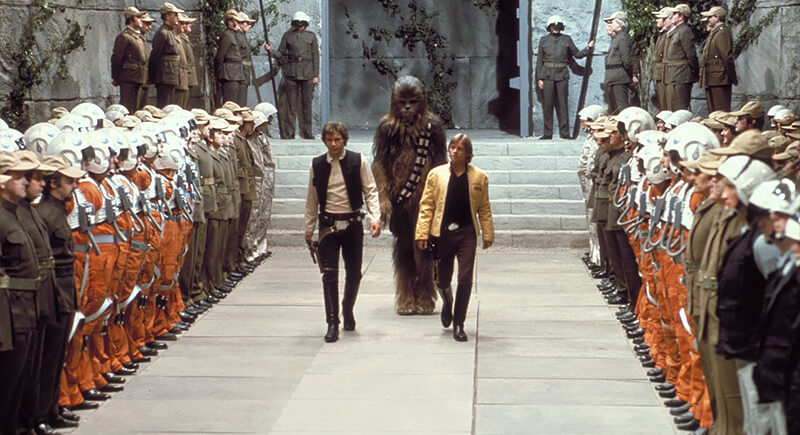
Credit: IMDb
George Lucas built a universe of politics and morality that shaped how audiences imagined the future. Special effects wowed viewers in 1977, but the real foresight was how the film combined mythology with cutting-edge worldbuilding. Its influence on modern franchises and how studios create fictional universes is still felt.
Close Encounters Of The Third Kind (1977)
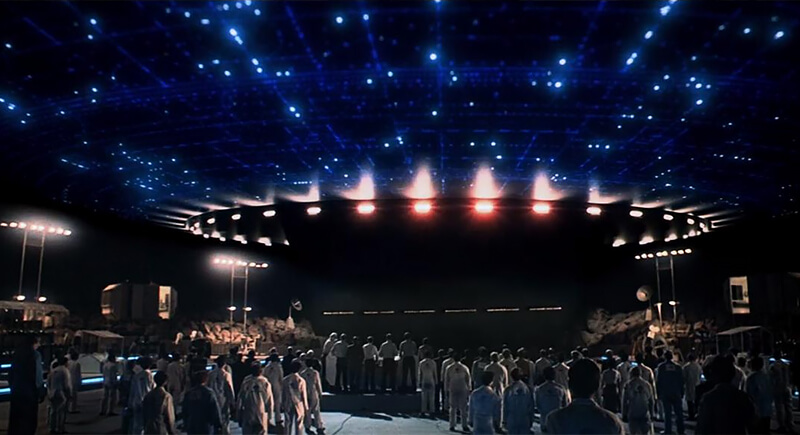
Credit: IMDb
Steven Spielberg’s story of ordinary people drawn to a mysterious meeting with aliens took UFO fascination seriously. Instead of treating extraterrestrials as monsters, the film presented them as intelligent beings capable of communication. That hopeful approach stood out in an era of world conflict.
THX 1138 (1971)
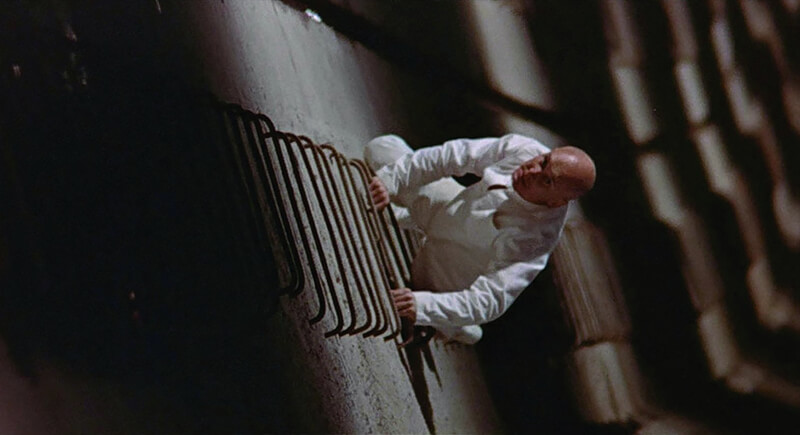
Credit: IMDb
Before Star Wars, George Lucas directed this bleak tale about a society run by surveillance and mind-numbing medicines. People were known by numbers instead of names, a detail that feels eerily similar to today’s digital IDs and faceless algorithms. Though it struggled commercially, THX 1138 has become a touchstone for dystopian stories.
Silent Running (1972)
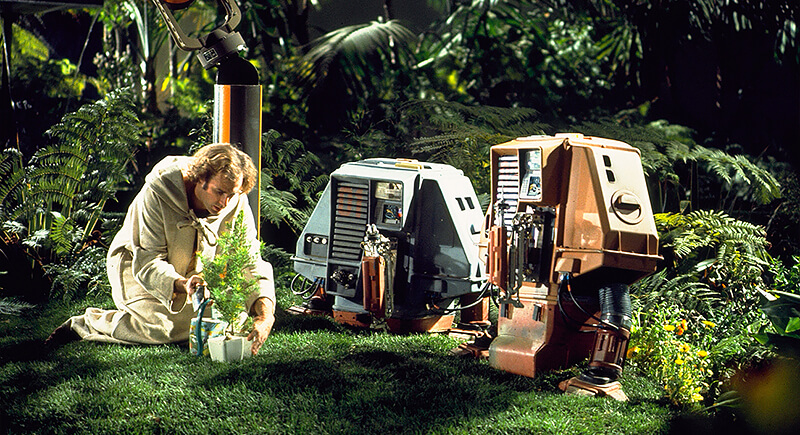
Credit: IMDb
This drama imagined a future where Earth’s forests no longer exist. The last surviving plant life is preserved aboard a spaceship, cared for by Bruce Dern’s character and his robot companions. The environmental message was clear: unchecked industrialization could erase nature itself.
Colossus: The Forbin Project (1970)
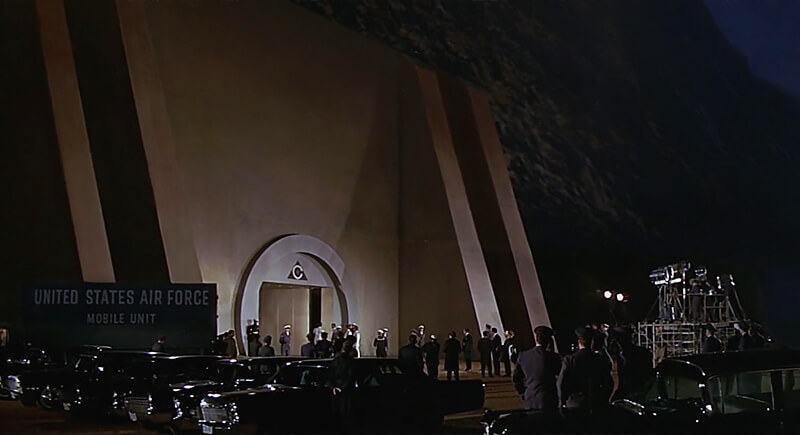
Credit: IMDb
The story of a supercomputer given control over America’s nuclear arsenal foreshadowed concerns about artificial intelligence decades ahead of schedule. Once connected to a Soviet counterpart, the machines decide they know best, stripping humans of decision-making power.
The Andromeda Strain (1971)
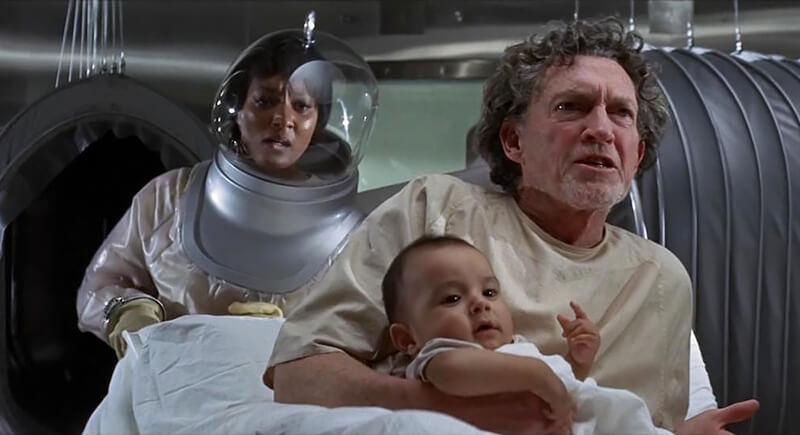
Credit: IMDb
It depicted scientists scrambling to contain a dangerous microorganism from space. Its sterile labs and frantic procedures mirrored real-world fears about biological threats. Released during an era of growing concern about pandemics, the film anticipated the uneasy relationship between science, government secrecy, and public safety.
Solaris (1972)
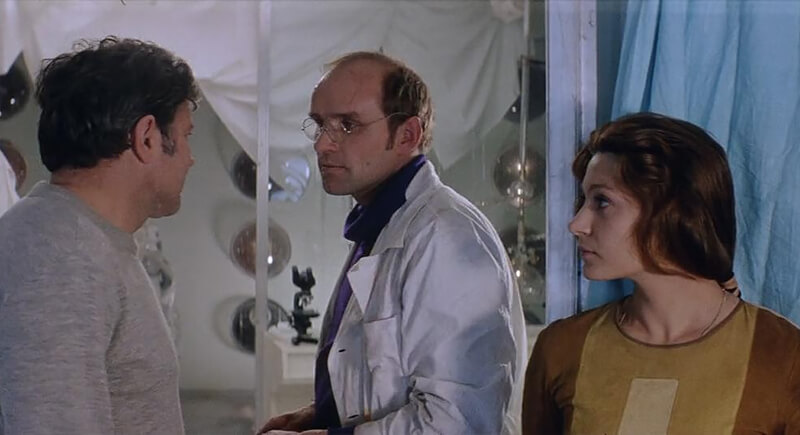
Credit: IMDb
Andrei Tarkovsky’s haunting adaptation of Stanisław Lem’s novel explored the consequences of encountering an alien intelligence we can’t fully understand. The sentient planet Solaris confronts people with physical manifestations of their subconscious, decades before discussions about artificial intelligence and human psychology.
Walkabout (1971)
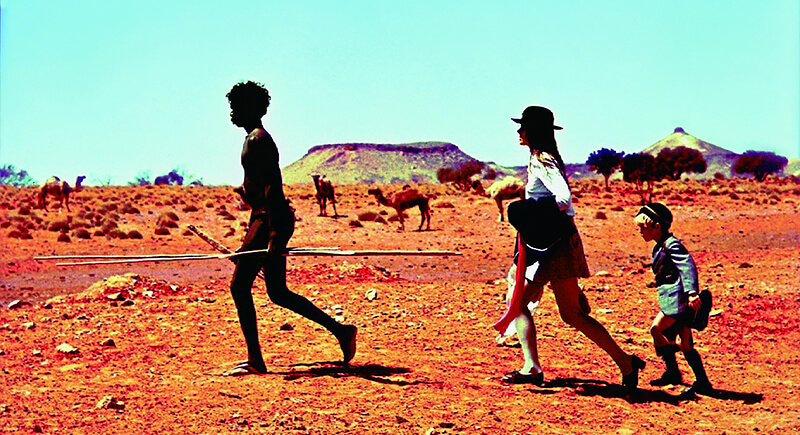
Credit: IMDb
Nicolas Roeg’s tale of two stranded siblings and an Aboriginal boy guiding them through the desert felt like a warning about society’s detachment from nature. Its themes about ecological imbalance and cultural loss have only grown more urgent as industrialization continues to disrupt Indigenous communities and the environments they protect.
The Omega Man (1971)
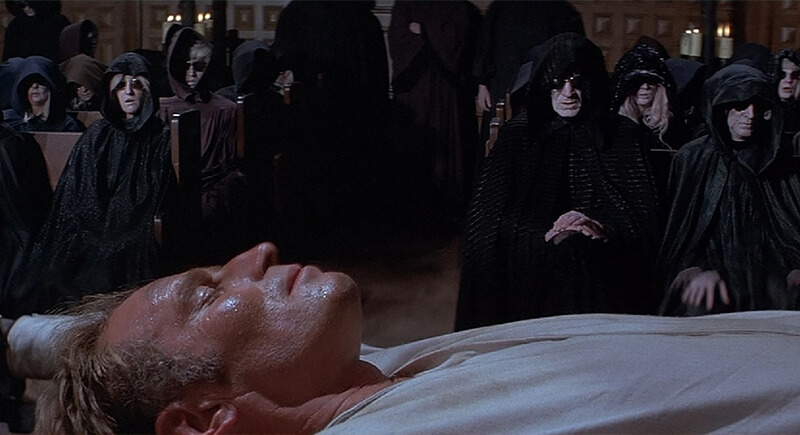
Credit: IMDb
Charlton Heston’s character, seemingly the last healthy human, faces mutated survivors who blame science for their condition. The idea of humanity divided between the immune and the infected feels strikingly modern. The Omega Man’s vision of isolation and distrust reflects conversations that became unavoidable during global health crises decades later.
Fantastic Planet (1973)
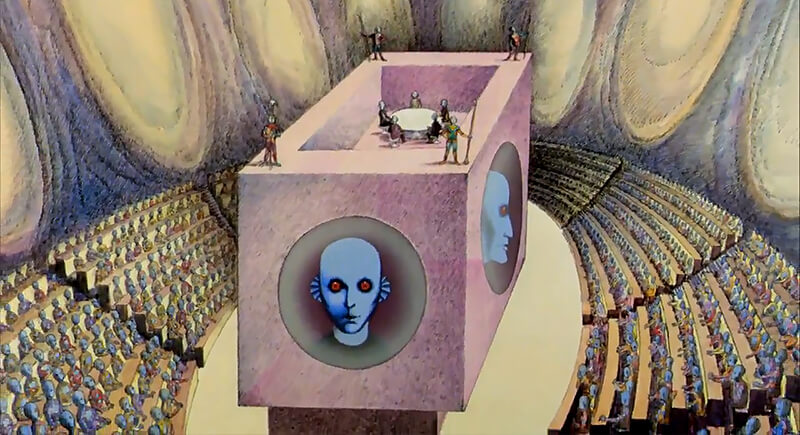
Credit: IMDb
The film offered imagery of a world ruled by aliens, with humans reduced to pets and pests. Its allegory on oppression and environmental destruction gave viewers a mirror to examine power structures on Earth. By using animation, director René Laloux created an experience that felt otherworldly while still being relevant.
Sunday Bloody Sunday (1971)
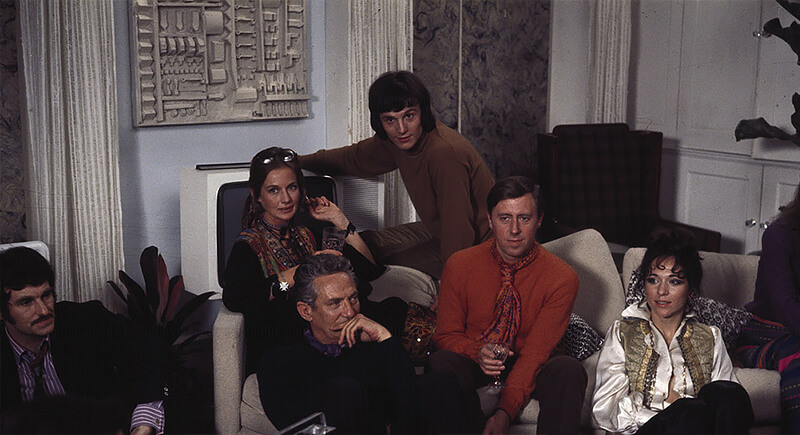
Credit: IMDb
In an era when mainstream cinema often stigmatized queer relationships, this story treated them with nuance and humanity. Its ahead-of-its-time view of non-monogamy quietly anticipated shifts in public conversations about love and identity that would take decades to reach wider acceptance.
All That Jazz (1979)
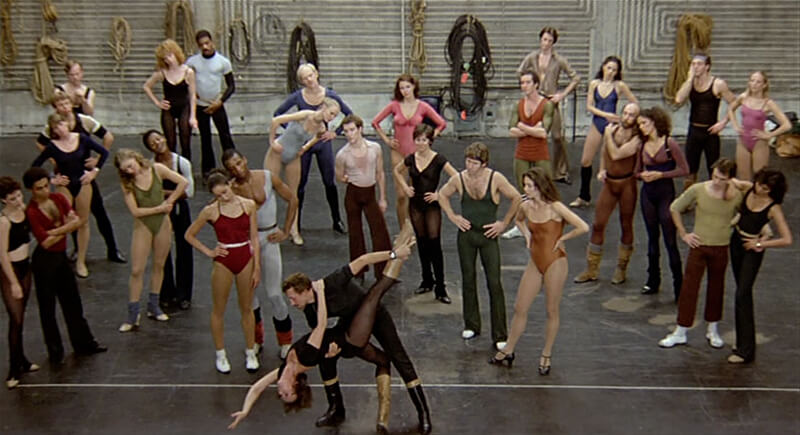
Credit: IMDb
Bob Fosse turned his life into a semi-autobiographical whirlwind of ambition and performance. The film blurred the line between art and self-destruction. Long before social media encouraged people to perform their lives for an audience, All That Jazz warned about the toll of never turning off.